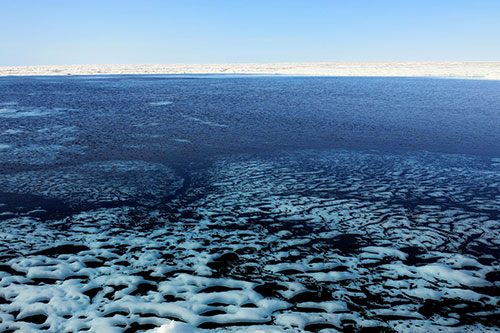| Online: | |
| Visits: | |
| Stories: |

| Story Views | |
| Now: | |
| Last Hour: | |
| Last 24 Hours: | |
| Total: | |
Cyanobacteria’s Tree Of Life Traced in Earth’s Extreme Environments
Dr Sánchez-Baracaldo said: “Our analyses have revealed that some cyanobacteria adapted to extreme cold environments independently at different times in Earth’s history. In fact, we see that cyanobacteria capable of coping with extreme cold habitats are found across the cyanobacteria tree of life.”
The researchers also found that some cyanobacteria from the Arctic and Antarctica share a common ancestor. This suggests that they go far back in history to a time when the Earth was covered with ice.
Dr Sánchez-Baracaldo said: “Cyanobacteria are extremely important in these habitats because they help mediate some basic processes for life in the cryosphere such as the fixation of atmospheric nitrogen, making possible the biosynthesis of amino acids.”
Co-author Nathan Chrismas, a PhD student in Bristol’s School of Geographical Sciences, said: “To survive in cold environments, cyanobacteria have to be able to withstand huge environmental pressures. As well as constant low temperatures and freezing, they may also be subjected to high UV radiation and desiccation, depending on their habitat. Some of the adaptations needed to survive such stresses are also essential in hot arid environments and are useful in many temperate environments too.
“Knowing how all these organisms are related to each other and how these adaptations developed is essential to our understanding of how cyanobacteria have evolved.”
Contacts and sources:
University of Bristol
Citation: ‘Multiple adaptations to polar and alpine environments within cyanobacteria: a phylogenomic and Bayesian approach’ by Chrismas, N. A. M., Anesio, A., and Sánchez-Baracaldo, P. inFrontiers in Microbiology
Source: http://www.ineffableisland.com/2015/10/cyanobacterias-tree-of-life-traced-in.html




